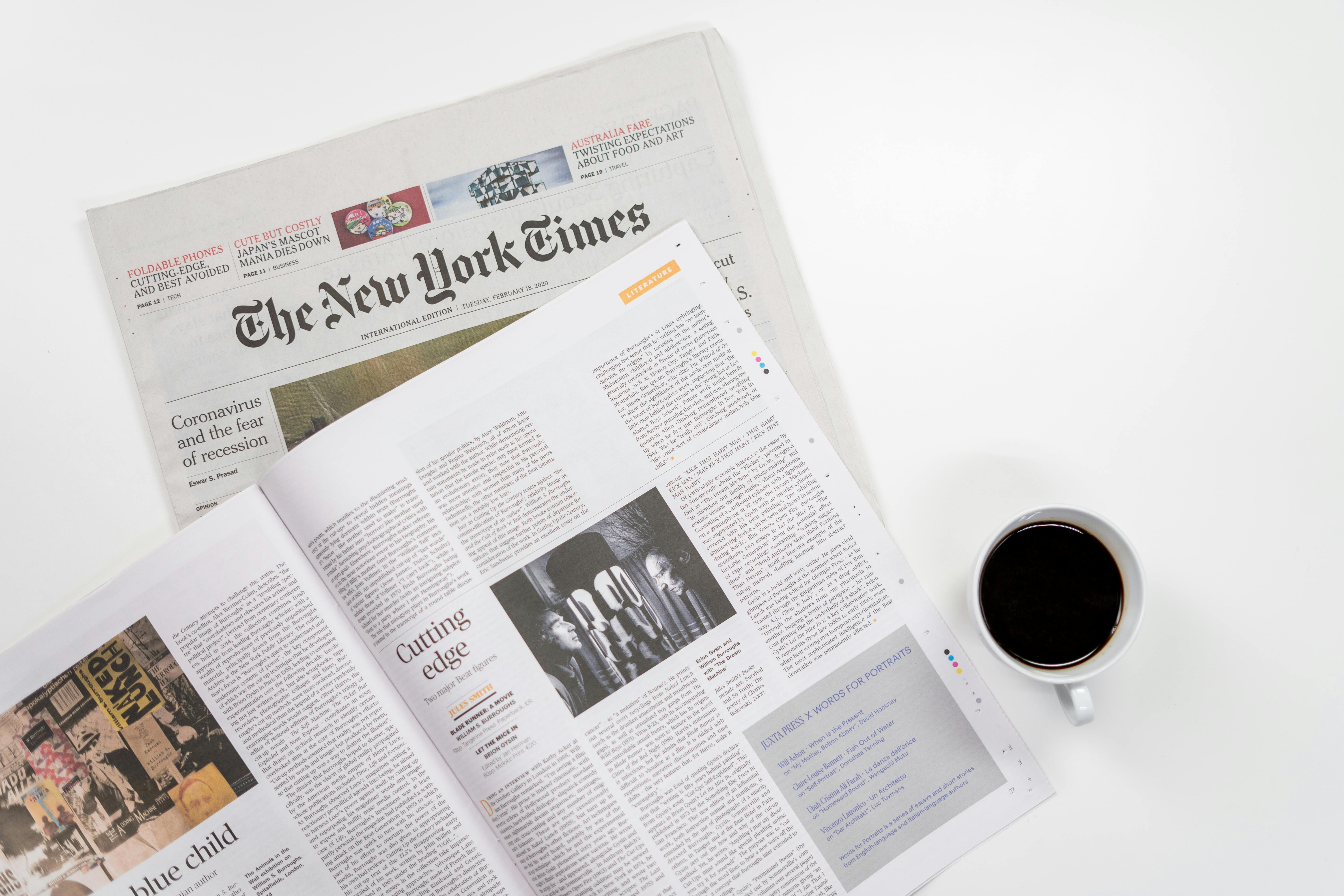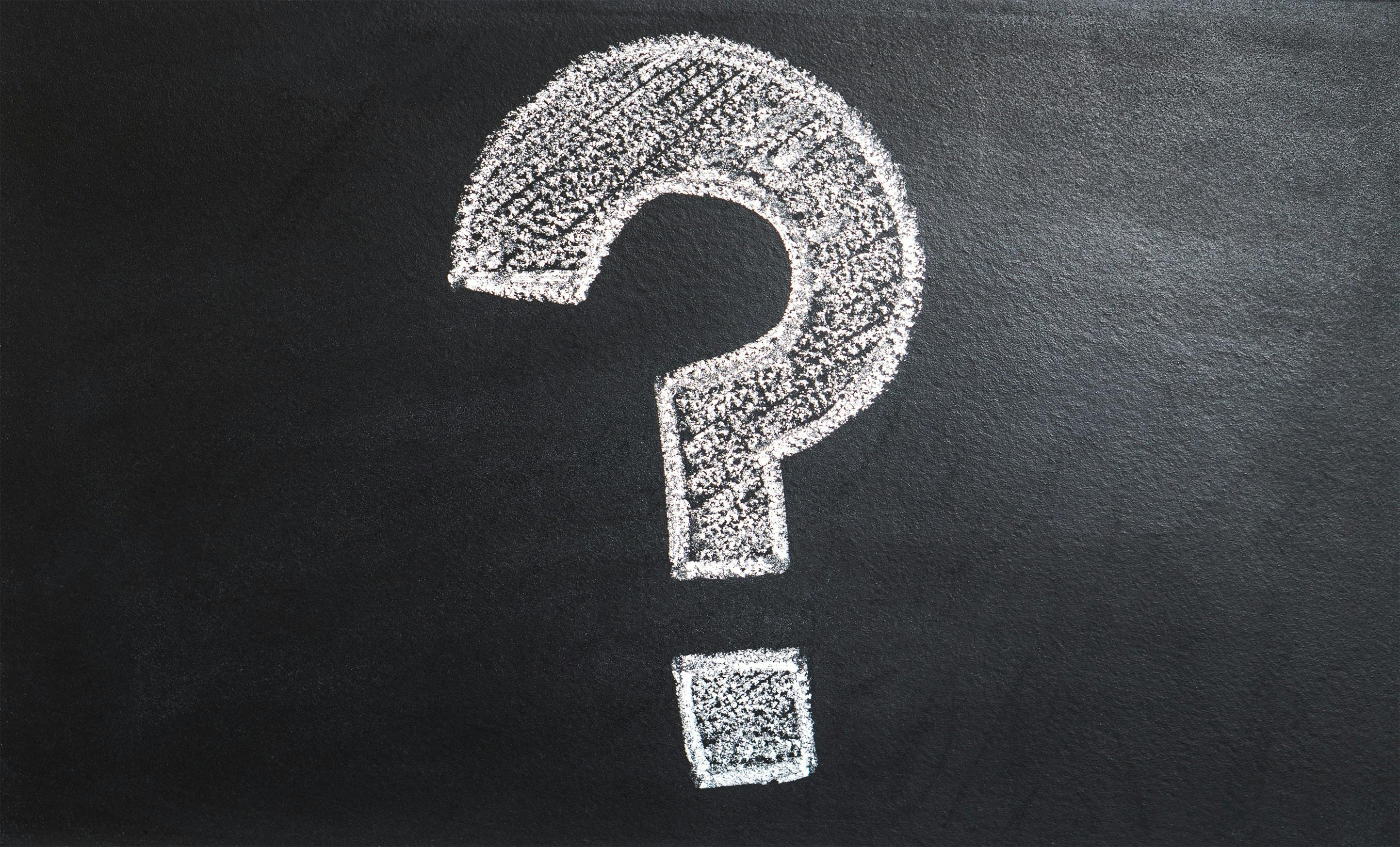In an age where technology rules communication, the power of human connection remains at the heart of effective email marketing. People crave authenticity and relevance—they want to feel seen, understood, and valued. Successful email campaigns don’t just speak to inboxes; they speak to people’s emotions, desires, and behaviors. The secret to emails that get opened and clicked lies in bridging the gap between technology and the timeless human need for connection.

Reciprocity: Building Trust Through Value
Reciprocity is a fundamental human social norm where people feel compelled to reciprocate kindness or favors. When marketers offer something valuable—be it exclusive content, insightful tips, or special discounts—recipients feel a subconscious urge to respond positively. Creating this cycle of giving and receiving fosters trust and loyalty, which increases open and click rates. As noted in marketing insights, “Giving something valuable upfront builds a sense of goodwill that can pay dividends in engagement”.
Scarcity and Urgency: Triggering Action
Scarcity taps into a primal fear of missing out (FOMO), encouraging quicker decision-making. Whether it’s a limited quantity or a ticking clock on an exclusive deal, scarcity leverages urgency to move subscribers from passive readers to active participants. Studies reveal that emails emphasizing urgency get significantly higher response rates because they shake recipients out of procrastination habits and spur immediate action. Well-crafted subject lines like “Ends Tonight!” or “Only 3 Left!” create an emotional impetus to open.
Social Proof: Harnessing Collective Influence
Humans are naturally influenced by the behavior and opinions of others, especially in uncertain decisions. Including testimonials, user-generated content, or statistics like “Join 10,000 happy customers” in emails helps build credibility and reduces reluctance. According to research, social proof can increase click-through rates by providing reassurance and authenticity, making recipients more comfortable engaging with the message.
Personalization: Cutting Through the Noise
The “cocktail party effect” shows that individuals instinctively tune into personally meaningful information even amid background chatter. Personalized emails that use recipients’ names, past purchase information, or tailored content feel more relevant, increasing the likelihood of being opened and read. This personal touch enhances emotional connection and shows respect for the recipient’s preferences, which Gallup’s research identifies as key to engagement.
Emotional Storytelling: Beyond Features to Feeling
Logic alone rarely drives action. Emotional appeal is much more compelling in motivating human behavior. Storytelling techniques that create narratives around the customer’s journey or brand values evoke emotions like excitement, hope, or empathy. This connection transforms emails from mere sales pitches into meaningful experiences. As marketing expert Ann Handley advises, “Make the customer the hero of your story” to create resonance and deepen engagement.
Clear Value and Strong Calls to Action (CTAs)
Even the best-crafted emails need a clear path forward. Providing relevant value combined with a compelling, easy-to-understand CTA guides the recipient toward the next step, whether it’s clicking through to a landing page, redeeming an offer, or signing up for an event. Forbes emphasizes the power of clarity and benefit-focused messaging as critical to converting opens into clicks.
Conclusions
Effective email marketing is both an art and a science, rooted profoundly in psychology. By understanding and applying principles of human behavior—reciprocity, scarcity, social proof, personalization, and emotional storytelling—marketers can create campaigns that go beyond transactional messages and foster genuine connection. Gallup’s insights into engagement reveal that communications aligned with natural decision-making drivers lead to sustained audience loyalty and better business outcomes.
Mastering these psychological triggers equips marketers to deliver the right message, to the right person, at the right time—making every email a meaningful interaction, not just another message lost in the clutter.
References
https://www.forbes.com/councils/forbescommunicationscouncil/2021/08/09/15-tried-and-true-methods-for-improving-click-open-rates/

